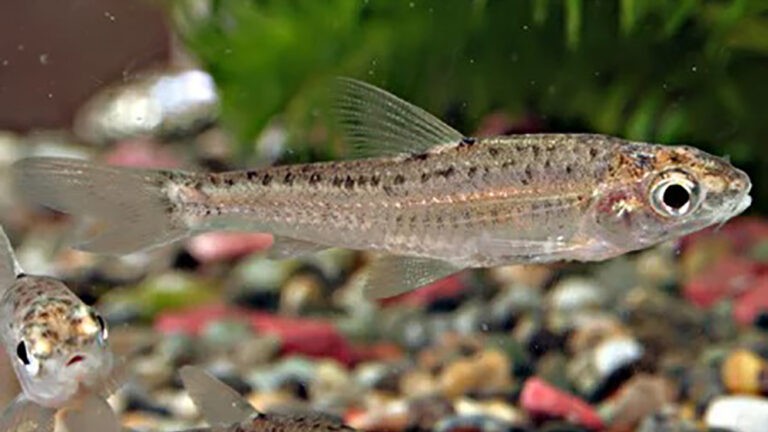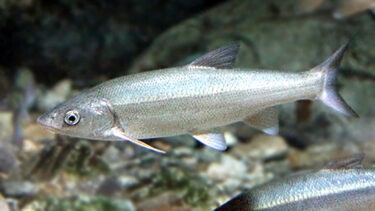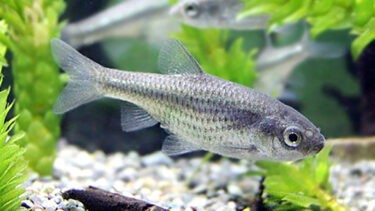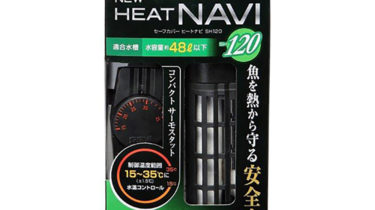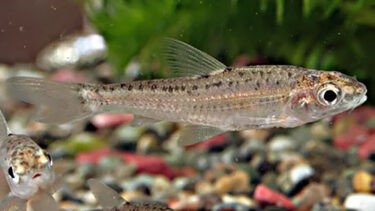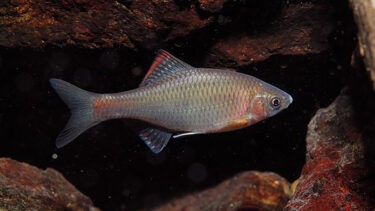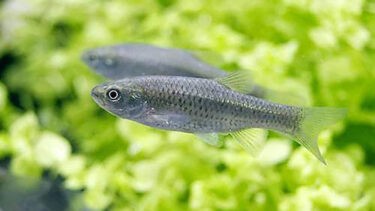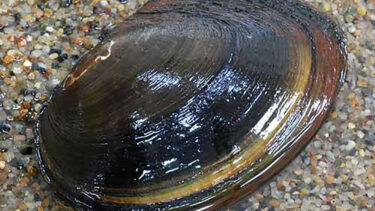Itomoroko is a member of the carp family Sgomoroko-genus of the order Carp, found in Honshu, northeastern Shikoku, northern Kyushu, the Iki region of Nagasaki Prefecture, and the Goto region of Nagasaki Prefecture, west of the Nobi Plain in Japan. In this article, we would like to explain in detail the characteristics of the Itomoroko and how to keep it.
What is Itomoroko?

Itomoroko belongs to the genus Sugomoroko of the carp family, Carpidae. The habitat of Itomoroko is Honshu west of the Nobi Plain, which stretches from Gifu Prefecture to Aichi Prefecture, the northeastern part of the Shikoku region, northern Kyushu, the Iki region of Nagasaki Prefecture, and the Goto region of Nagasaki Prefecture.Itomoroko also belongs to a subspecies endemic to Japan. It is also an endangered species in some places. Itomoroko have large eyes, a pointed face, and a long mustache. The body color of the itomoroko is characterized by a silvery-white base color, with scales that have a metallic sheen and black spots on the back.
Ugui are a genus of carp in the carp family, Carpidae, which are widely found in the upper and lower reaches of rivers throughout Japan, with the exception of Okinawa. It is also an attractive river fish with a stylish appearance. This time [...].
Kawabatamoroko are a genus of river fish in the carp family, Carpidae, found in Japan west of Shizuoka Prefecture, Tokushima Prefecture, Kagawa Prefecture, Fukuoka Prefecture, and Saga Prefecture, with a silvery white base, greenish brown back, and grayish brown sides with vertical bands. Kawabatamoroko are also found in Japan [...].
How to keep Itomoroko
Itomoroko can be an easy species to keep if you know how to keep them. The life span of Itomoroko is about 2 to 3 years. Their body size is approximately 6 to 8 cm. However, both lifespan and body size vary depending on the environment in which they are kept and the food they are fed. They prefer slightly alkaline to neutral water quality, with a pH of 7.0 to 8.0. They can live in water temperatures between 5-25℃.
A heater is a device that maintains a constant water temperature. If you go to a specialty store that carries heaters, you will find a wide variety of types. Some people may be at a loss as to which one to choose. In this article, we would like to explain about such heaters [...]
Points to keep in mind when mixing swimmers
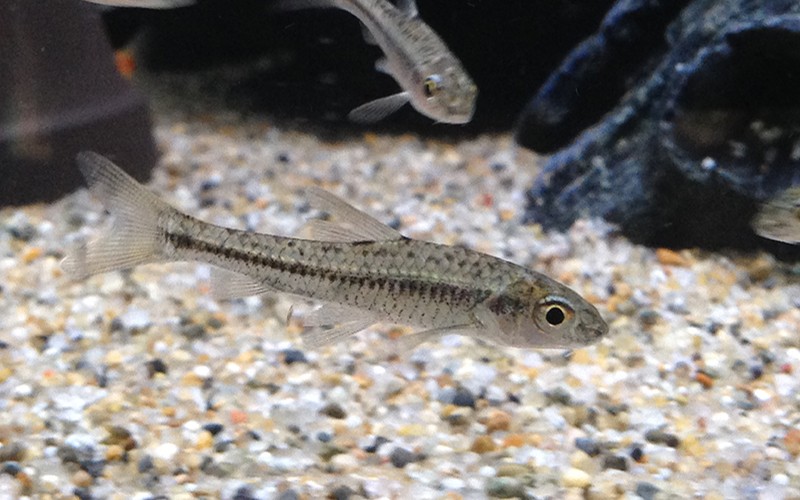
Regarding mixed swimming, first of all, the character of Itomoroko is mild-mannered. For this reason, it is recommended to mix it with medium-sized species such as the same moloko or the rosy bitterling, which is a member of the Tanago family.However, it is important to note that if the mixed species is a territorial species or a chasing species, it may cause stress to the Itomoroko and weaken them. Also, it is recommended to keep several Itomorokos together as they always swim in a group.
Many people think that goldfish are the goldfish that you see at fairs and festivals in the summer, and that there are many different kinds of goldfish. And it is no exaggeration to say that each type of goldfish has its own characteristics, and that is the best part about goldfish [...]
When you go to a specialty store to look at killifish, you will be surprised at the many varieties available. The prices are different, as are the body colors and patterns, so it is hard to know what to choose. So, in this article, I would like to explain in detail about the different types of medaka. Types of Medaka Scarlet Medaka [...].
Points about spawning
Many people who keep itomoroko want to breed them. In the wild, itomoroko spawn from spring to the rainy season. In captivity, the timing when the water temperature is around 20 degrees Celsius and the rainy season is approaching is the signal for spawning.If you are considering spawning itomorokos, we recommend that you keep them in groups beforehand. By keeping them in groups, they will spawn naturally by adding artificial water plants and algae to the aquarium or container in which they are kept during the spawning season. Since the eggs of Itomoroko are weakly viscous and sedentary, they are scattered on the bottom of the water in the natural world. However, if the fry are allowed to spawn in this way in a human-reared environment, they will live in the same tank as the adults, which could lead to accidents. The fry will hatch about 4 days after being transferred to the tank for fry. After that, feed the fry.
Points to keep in mind when keeping itomoroko

Itomoroko is a silvery-white river fish with metallic-like luster on its scales and black spots on its back. It is found in the middle and lower reaches of rivers west of the Nobi Plain, which stretches from Gifu Prefecture to Aichi Prefecture. They live on sandy or muddy bottoms where the current is slow, and often swim in small schools at the bottom of rivers.They often spend the winter months hiding among water plants or in crevices under stones. Itomoroko belong to a subspecies endemic to Japan. Therefore, it is an essential part of the traditional Japanese ecosystem, making it a highly recommended river fish in terms of education. If you are interested in Itomoroko, we recommend that you take a look at it at a specialty store.

